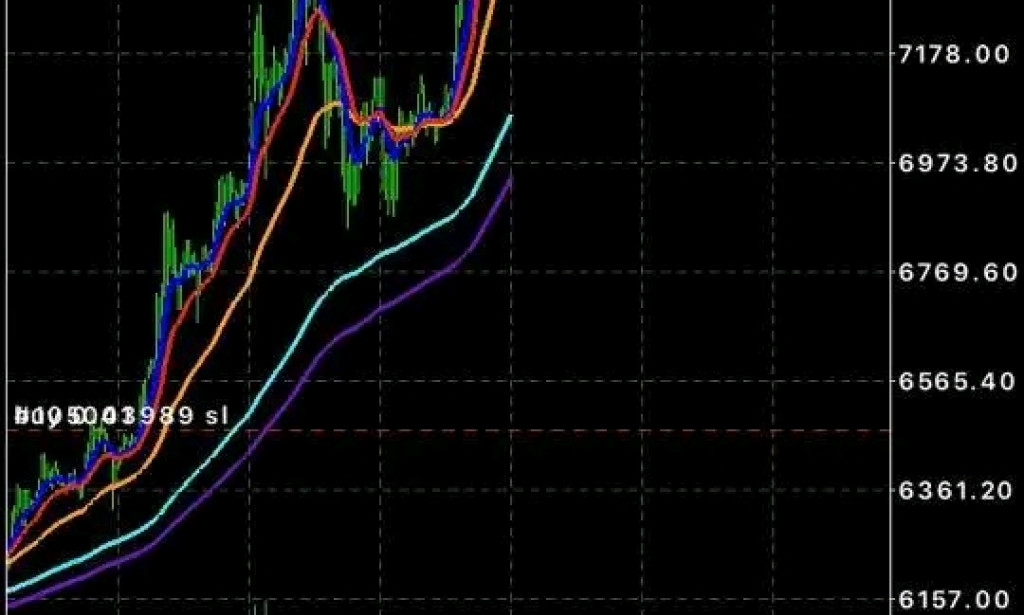Introduction
Forex trading, short for foreign exchange trading, involves buying and selling currencies on the global currency market. It's one of the largest and most liquid financial markets in the world, with an average daily trading volume exceeding $7 trillion. Traders participate to profit from fluctuations in exchange rates between currency pairs.
How Forex Trading Works
Forex trading takes place over-the-counter (OTC), meaning transactions are conducted through networks of banks, brokers, and financial institutions rather than a centralized exchange.
Key Components of Forex Trading:
1. Currency Pairs:
Forex trading always involves pairs of currencies, such as EUR/USD (Euro/US Dollar).
The base currency (EUR) is the first currency in the pair.
The quote currency (USD) is the second currency.
Example: If EUR/USD = 1.10, it means 1 Euro equals 1.10 US Dollars.
2. Bid and Ask Prices:
Bid: The price a trader is willing to buy a currency at.
Ask: The price a trader is willing to sell at.
The difference between the two is called the spread, representing broker profit.
3. Leverage:
Leverage allows traders to control large positions with a smaller amount of capital. For example, 100:1 leverage lets a trader control $10,000 with only $100.
4. Trading Sessions:
The forex market operates 24 hours a day across different time zones:
Asian session (Tokyo)
European session (London)
American session (New York)
Advantages of Forex Trading
1. High Liquidity:
The forex market is highly liquid, ensuring traders can enter and exit trades easily.
2. 24/5 Market Access:
Unlike stock markets, forex is open 24 hours a day, five days a week.
3. Low Barriers to Entry:
Forex trading requires minimal capital to start, and many brokers offer demo accounts.
4. Diversification Opportunities:
Traders can speculate on various currency pairs and hedge against other investments.
Risks Involved in Forex Trading
1. Volatility:
Currency prices can be highly volatile, leading to potential losses.
2. Leverage Risk:
While leverage amplifies profits, it also magnifies losses.
3. Lack of Regulation:
The decentralized nature of forex trading makes it prone to fraud if traders use unregulated brokers.
4. Emotional Decision-Making:
Fear and greed can lead to impulsive decisions and losses.
Strategies in Forex Trading
1. Day Trading:
Involves buying and selling currencies within the same trading day.
2. Swing Trading:
Traders hold positions for several days, targeting medium-term price movements.
3. Scalping:
Focuses on making small profits on numerous trades over short timeframes.
4. Position Trading:
Long-term trading based on macroeconomic trends and analysis.
Tools for Forex Trading
1. Technical Analysis:
Uses charts and indicators (e.g., Moving Averages, RSI) to predict price movements.
2. Fundamental Analysis:
Examines economic data (e.g., GDP, interest rates) to determine currency strength.
3. Trading Platforms:
Popular platforms like MetaTrader 4/5 and TradingView help traders analyze and execute trades.
Getting Started with Forex Trading
1. Educate Yourself:
Learn the basics of forex trading through online courses, books, and webinars.
2. Choose a Broker:
Select a reputable broker that is regulated and offers a user-friendly platform.
3. Practice with a Demo Account:
Test your strategies and understand the market without risking real money.
4. Develop a Trading Plan:
Set clear goals, risk tolerance, and strategies before trading live.
5. Start Small:
Begin with small trades and gradually increase your position size as you gain experience.
---
Conclusion
Forex trading offers exciting opportunities for profit, but it requires knowledge, discipline, and ri
sk management. By understanding the market and employing sound strategies, traders can navigate the complexities of forex trading and work towards long-term success.


You must be logged in to post a comment.